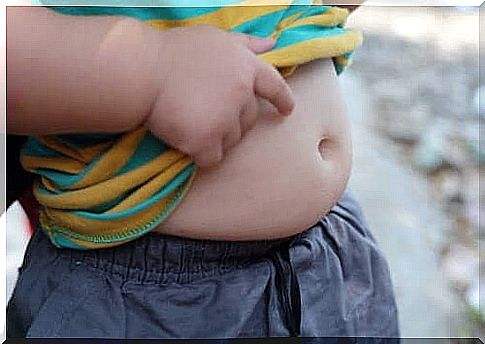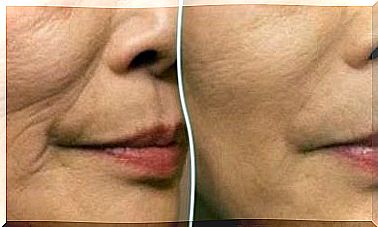Childhood Obesity: A Serious Global Problem

Currently, childhood obesity is one of the worst public health problems. It is a worldwide phenomenon, and its incidence is gradually increasing. Childhood obesity is associated with countries such as the United States. However, childhood obesity also affects smaller countries, where people have modest incomes. Unfortunately, an estimated 42 million children under the age of five are obese.
Obesity is a disease that does not only affect physical appearance. In fact, it has serious health repercussions. For example, children who are obese are more likely to suffer from diseases such as diabetes or cardiovascular disease throughout their lives.
In the society we live in, it seems difficult for children to maintain a healthy lifestyle and follow a balanced diet. However, we must strive to eliminate the problem of excess weight. In this article, we will introduce you to everything you need to know about childhood obesity.
What is childhood obesity?

Childhood obesity is the most common nutrition-related disorder at this stage of life. This consists of the excessive accumulation of body fat, which endangers the child’s health.
Obesity is a disease that involves many factors and does not depend only on nutrition. In fact, genetics and physical activity are also two determining factors. But an unhealthy diet is one of the main culprits. Nowadays, people abuse high-calorie foods with high percentages of saturated fats and sugars.
In short, childhood obesity is a combination of an unbalanced diet, a sedentary lifestyle and genetics, among other factors. As mentioned above, it is important to note that this disease is associated with many health problems, including diabetes.
How do you know a child is obese
Childhood obesity is not diagnosed by physical appearance. Instead, it is represented by the increased values of a parameter called the “Body Mass Index” or BMI. BMI reports weight to height and is calculated by dividing weight (in kilograms) by height (in meters) squared.
To know if a child is obese or not it is necessary to compare his body mass index with the reference values. However, in the case of children, it is safer to use percentile curves (growth curves) for comparison.
Risk factors for childhood obesity

How to reduce the risk of childhood obesity
Obesity can affect a child for the rest of his life. In addition to affecting self-esteem and aesthetics, obesity increases the risk of cardiovascular and metabolic problems.
Therefore, it is essential to act and look for ways to help children follow a healthy diet. If you do not know what to do, it is best to talk to a doctor or nutritionist.
It is also ideal for the little ones to have an active lifestyle. Introducing sports into their daily routine should be one of the first steps to eliminating obesity. In fact, this will help the child to improve his social skills and allow him to have fun.









